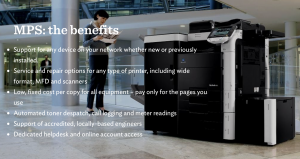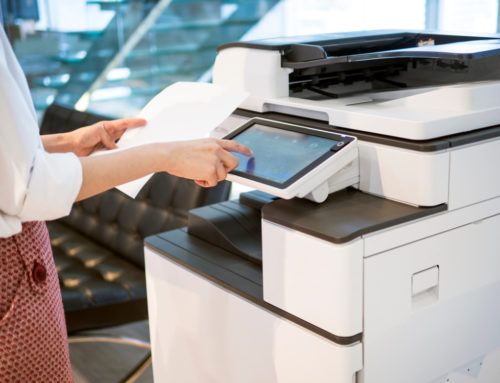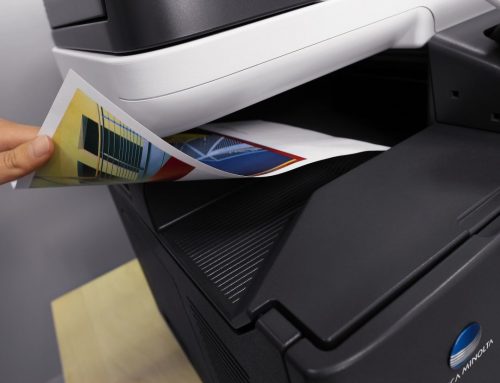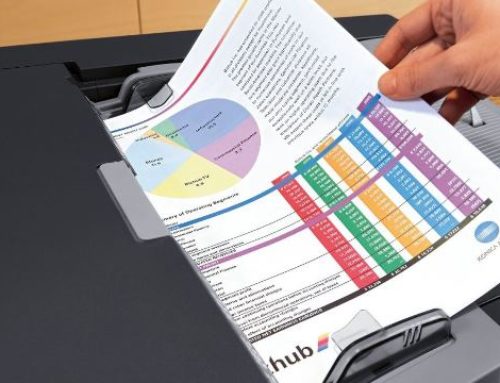How To Save Money On The Cost Of Printing In Your Business
 For all the talk of a “paperless economy”, driven by increasing use of digital technology, printing remains an essential function in many organisations. Be it letters, labels, brochures, leaflets, reports or records, businesses continue to rely on printing for a wide range of essential functions.
For all the talk of a “paperless economy”, driven by increasing use of digital technology, printing remains an essential function in many organisations. Be it letters, labels, brochures, leaflets, reports or records, businesses continue to rely on printing for a wide range of essential functions.
What is true, however, is that printing adds overheads to a business. Printers, toner cartridges, ink and paper all cost money to run. When you add in the need for regular maintenance, large-scale printing operations can create a significant financial burden.
It is in the interests of any business and organisation to look for opportunities to reduce overheads wherever possible. Here are three solutions that will reduce the cost of printing and help to protect your margins.
Print fleet management
One of the main reasons for printing costs escalating across a business are a lack of centralised oversight. Different departments run their own printers and order their own supplies on an ad hoc basis. This easily leads to orders for toner, paper and so on being duplicated when resources could be shared across the business.
Another issue is, without a clear strategy for arranging repairs, printers can end up offline for much longer than necessary, putting pressure on other equipment and increasing wait times as bottlenecks are created in the system.
An integrated print fleet managementplatform provides complete oversight over what is happening across a print network. Regardless of model or contract arrangement, print fleet management software will show status updates, including toner and paper levels, for all devices in the business, allowing for smarter centralised purchasing and a more responsive approach to repair and maintenance.
Print control
Another consequence of not having centralised control over print operations is that no one really understands the wider financial impact of printing. Even when accounts are done and the true costs are revealed, no one really knows where the expenditure is coming from, which departments are contributing more than others, and why their print uses are higher.
Print control is partly about educating people about the real costs of printing, and partly about setting and enforcing clear parameters. Data analytics is used to identify where the highest costs are emerging, and therefore provide the intelligence for strategies to cut costs – are too many staff, for example, printing in colour when black and white would be adequate?
Access control systems, operated either by PIN codes, cards, keyfobs or even biometrics, ensure that staff can only use specified printers, making it easier to monitor and control usage by department. Individual usage data is also logged, so individuals can be advised if and when their usage breaks policies. Another option is to set fixed print allowances, and suspend access when a user’s account runs out.
Approaches like this can reduce print costs by 40% across an organisation.
Managed print services
Another cost-saving option is to outsource print management. Instead of trying to run supply and maintenance contracts with different contractors for different devices, a much more efficient approach is to have a single service provider run it all for you. Managed print services will often operate on a fixed cost per page, covering paper, toner, spare parts, repairs and maintenance. They provide good value through pure economies of scale, and are also simple and convenient for the end user.




